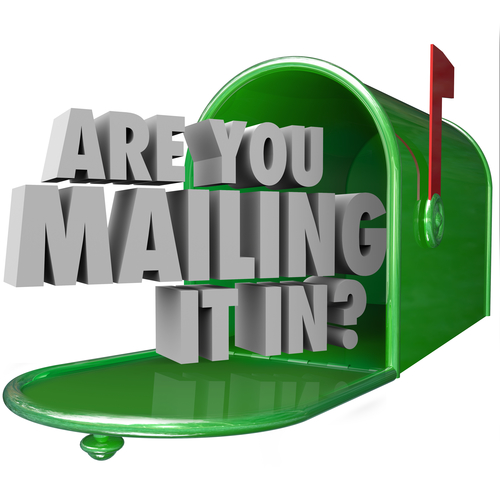10 things every mailer must do
- laura
- September 26, 2017
- Best practices
A bit of a refresh of a post from 2011: Six best practices for every mailer. I still think best practices are primarily technical and that how senders present themselves to recipients is more about messaging and branding than best practices. These 6 best practices from 2011 are no longer best, these days, they’re the absolute minimum practices for senders.
If you can’t manage to do these, then find someone who can.
- Authenticate email with both SPF and DKIM. These are both mature technologies now and it’s long past time that every email is authenticated with both protocols. Bonus points if the authentication domains align with the visible from (5322.from) for DMARC authentication. Negative points if you use cousin domains.
- Send technically correct email. Most ESPs manage to do this well these days and a lot of the pressure is off marketers to create templates that are correct. For those who want to create their own templates, Litmus is my go to reference for displaying email.
- Stop hammering on bad addresses. This means correctly handling addresses that bounce and implementing some sort of data hygiene that’s appropriate for your lists and market segments. This does not mean hiring some hygiene company to wash your list. You have better data than the hygiene companies if you’re mailing regularly.
- Use VERP. VERP means each email is tagged with the subscriber, list, and even mailing. Having that data encoded in the headers allows troubleshooting, bounce processing and FBL processing much, much easier. Again, most ESPs manage this for you.
- Send only opt-in mail. I know a lot of people argue permission is passé but I don’t believe that is true. ISPs, receivers and filtering companies don’t like it when you send mail without permission. Yes, even if you’re sending B2B mail. Stop buying lists scraped from LinkedIn and spamming them through your google apps account. People don’t like spam, even when they’re at work. Plus, your “cutesy” “friendly” automated mail looks like every other one out there.
- Respect the unsubscribe. If someone unsubscribes then stop mailing them. Do it as fast as possible and make it permanent. The number of senders who reactivate subscriptions months or years after an unsubscribe are legion. It’s not just annoying, it’s illegal in most jurisdictions.
- Be up front with recipients how you’re going to use their email address. Don’t hide the opt-in language in your privacy policy.
- Have adequate security for recipient information. Really, it’s 2017, time to treat user data as valuable and protect it. Don’t be Equifax.
- Monitor your sends. Between opens, clicks, FBLs, straight complaints, Spamcop summary reports, and inbox monitoring services there is no excuse for not having data on your sends. Use this data to drive improvements to your program.
- Send a welcome message. Introduce yourself, introduce your program, get your message in front of your new subscriber as soon as possible after they subscribed. They signup because they’re interested in what you have to offer, get into their inbox ASAP to engage them before they move on.
It’s 2017, time to step up.